Egypt This specimen was formed approximately 29 million years ago when the impact of a meteorite fused sand into lumps of glass. It is believed that the meteorite did not reach the ground but exploded some 10 kilometers high in the atmosphere, like the Tunguska event in 1908. Libyan Desert Glass is composed of 98% silicate and 2% aluminum and traces of iron oxide, titanium and zirconium. The present specimen displays a very large grain of sand embedded in one side and a scattering of smaller grains on the side. Weighing approximately 125.6 grams and measuring 3 x 2 1.2 x 1 ½in
Egypt This specimen was formed approximately 29 million years ago when the impact of a meteorite fused sand into lumps of glass. It is believed that the meteorite did not reach the ground but exploded some 10 kilometers high in the atmosphere, like the Tunguska event in 1908. Libyan Desert Glass is composed of 98% silicate and 2% aluminum and traces of iron oxide, titanium and zirconium. The present specimen displays a very large grain of sand embedded in one side and a scattering of smaller grains on the side. Weighing approximately 125.6 grams and measuring 3 x 2 1.2 x 1 ½in
.jpg)
.jpg)

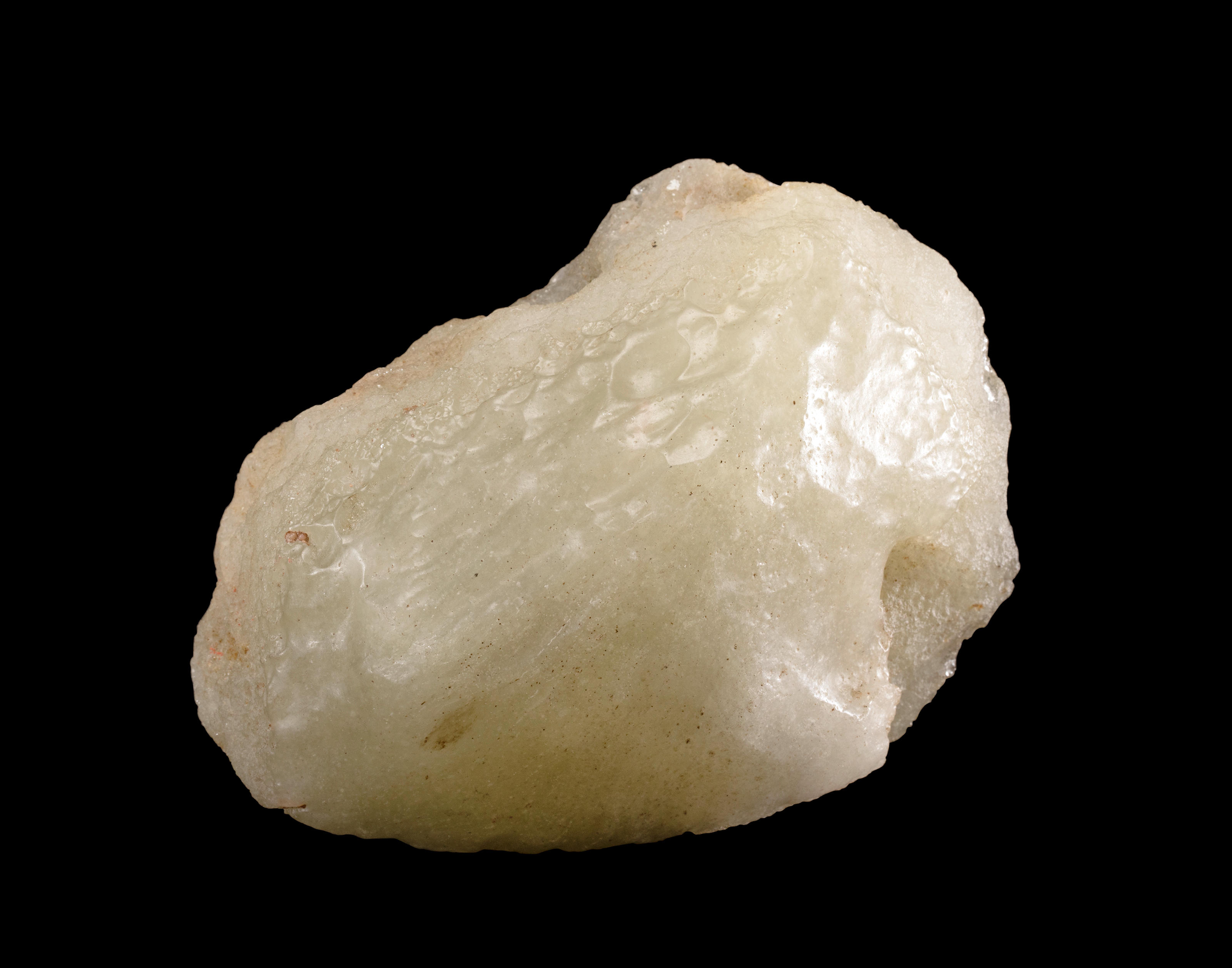
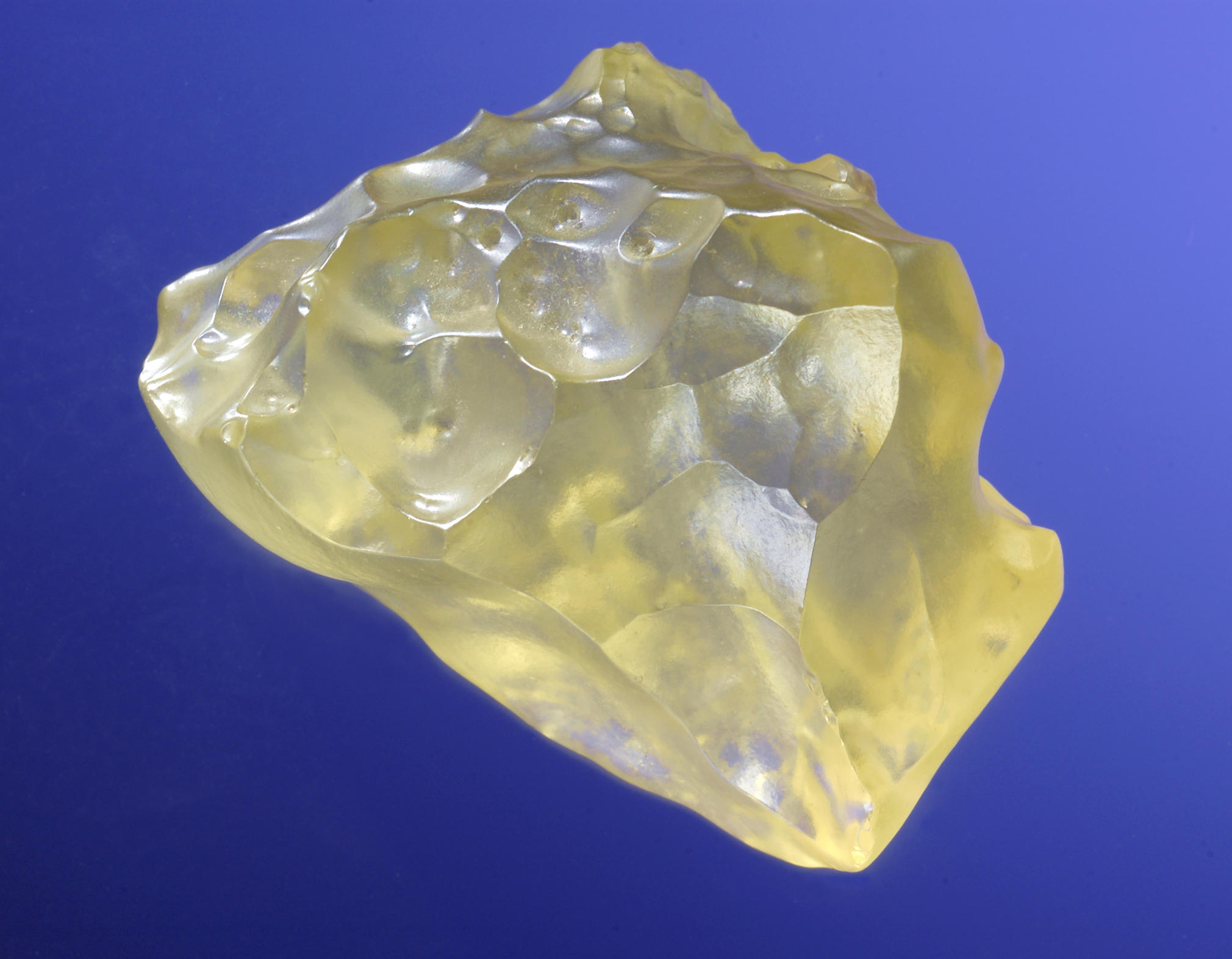
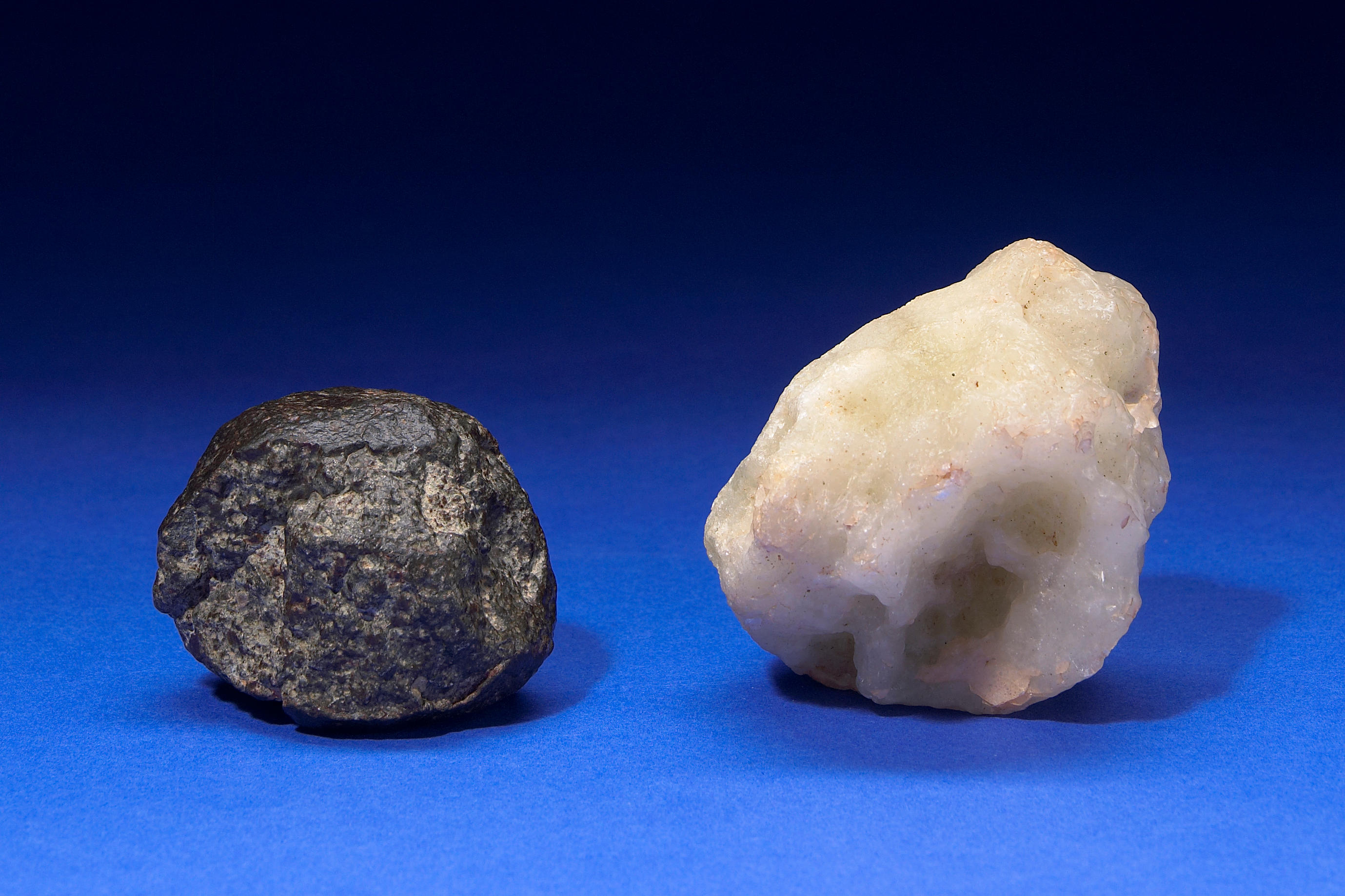
.jpg)
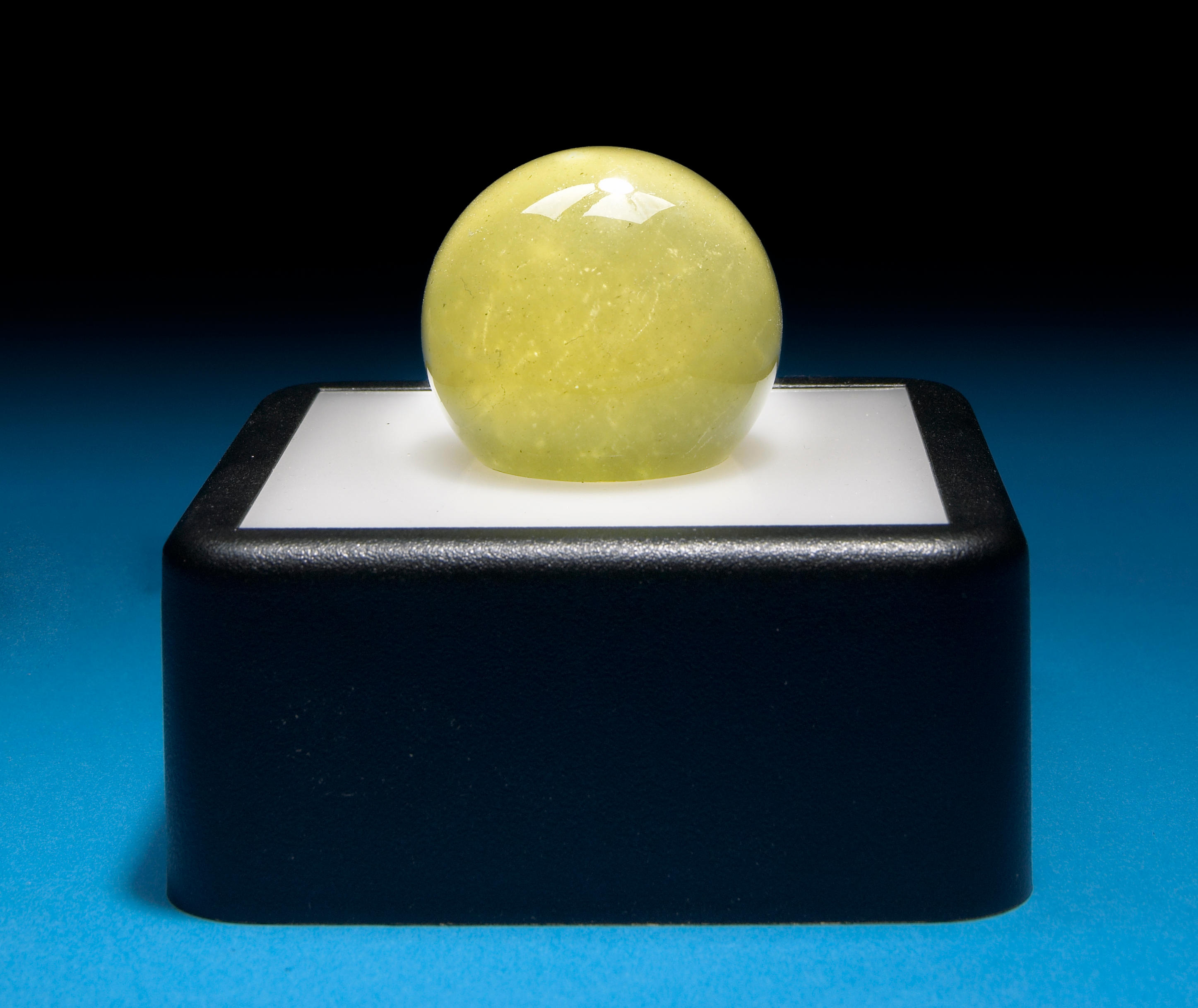
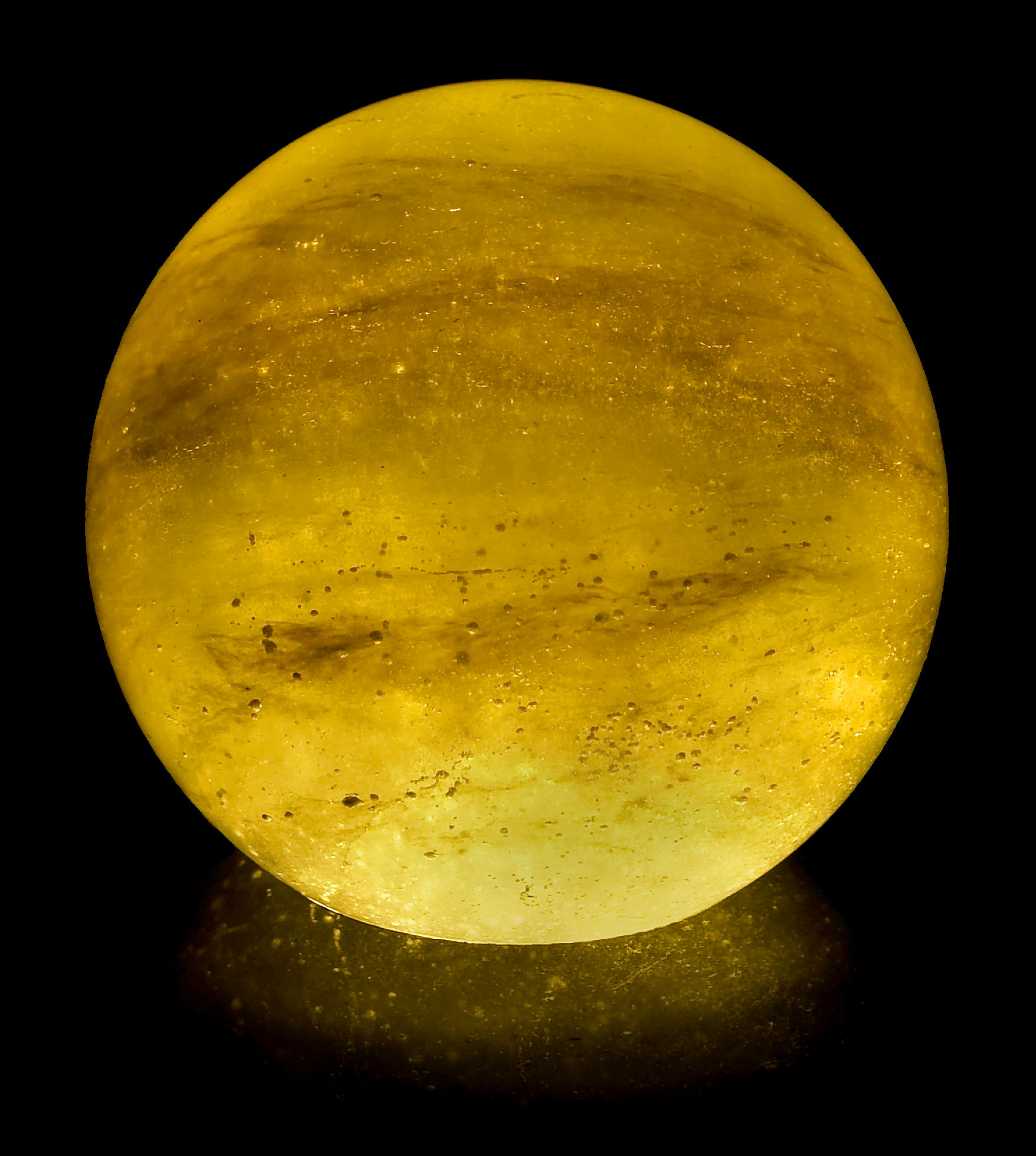

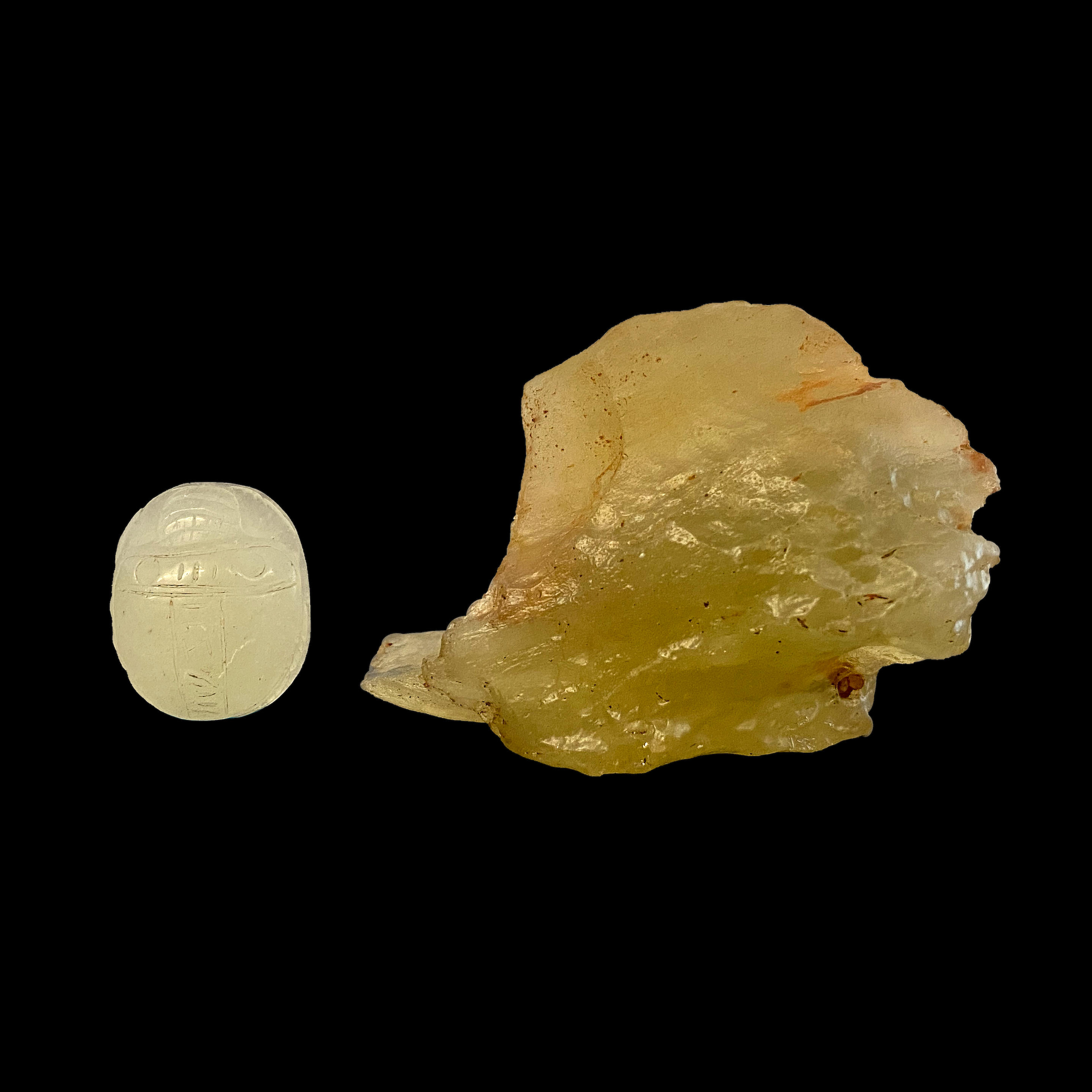

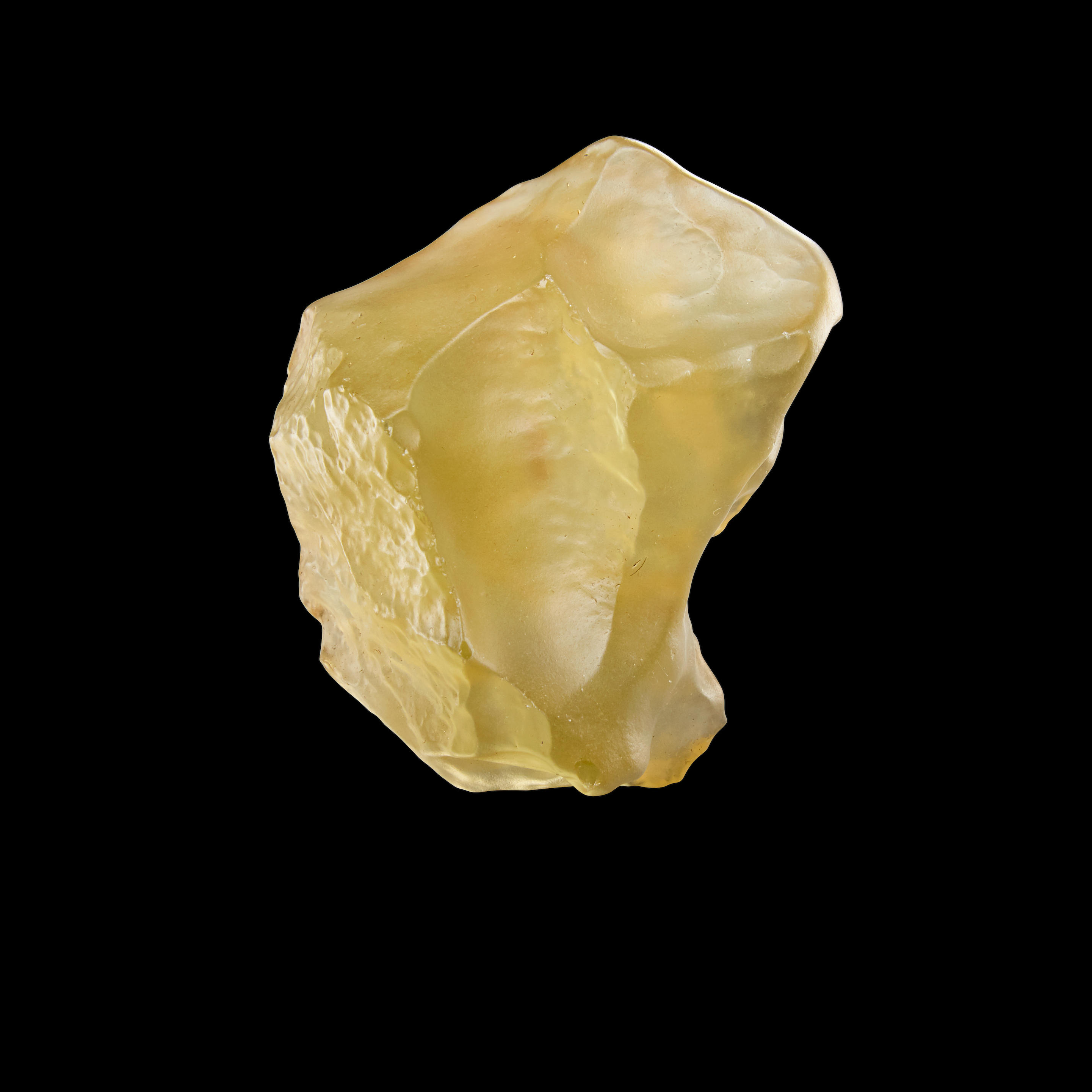
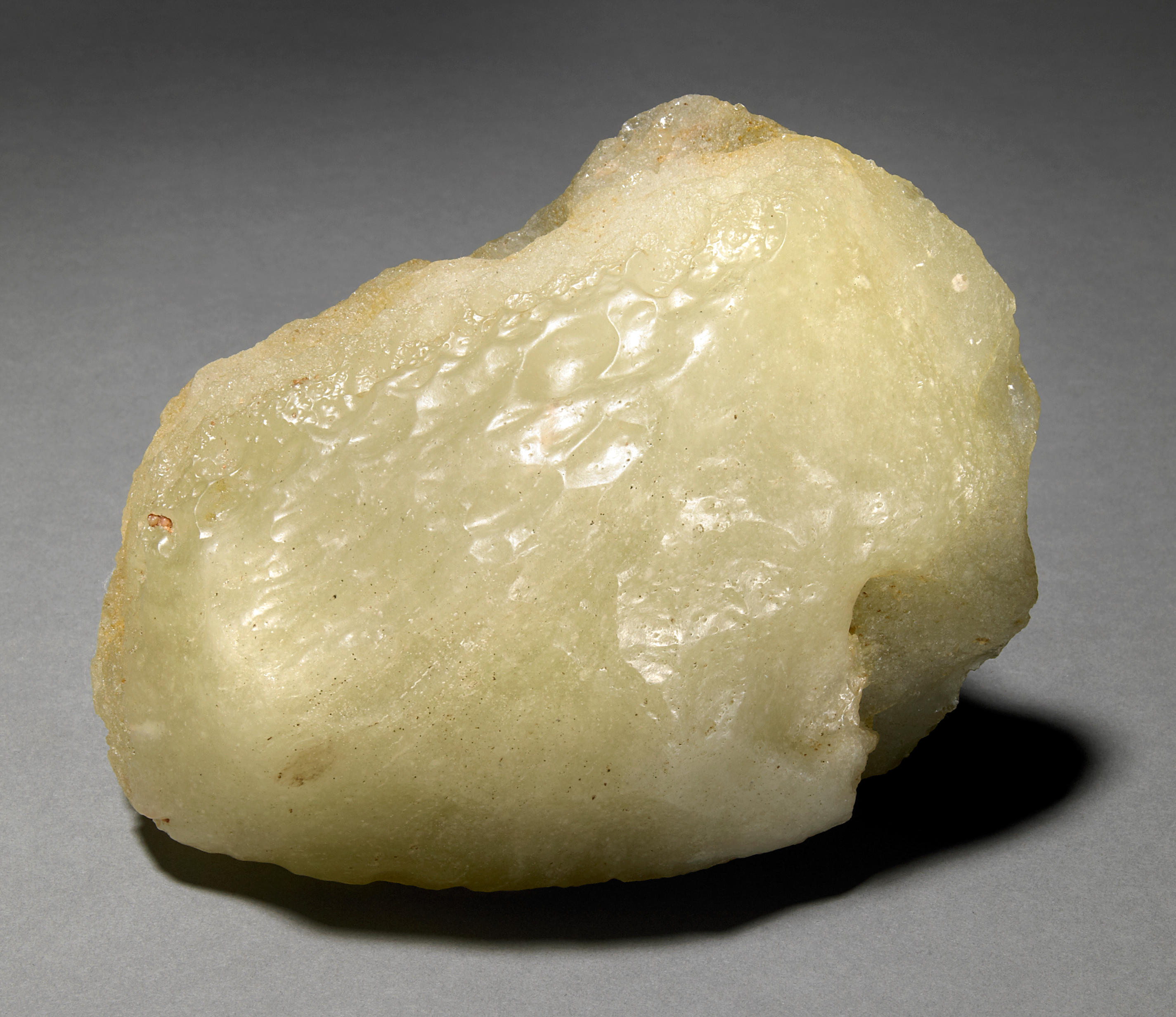

Testen Sie LotSearch und seine Premium-Features 7 Tage - ohne Kosten!
Lassen Sie sich automatisch über neue Objekte in kommenden Auktionen benachrichtigen.
Suchauftrag anlegen